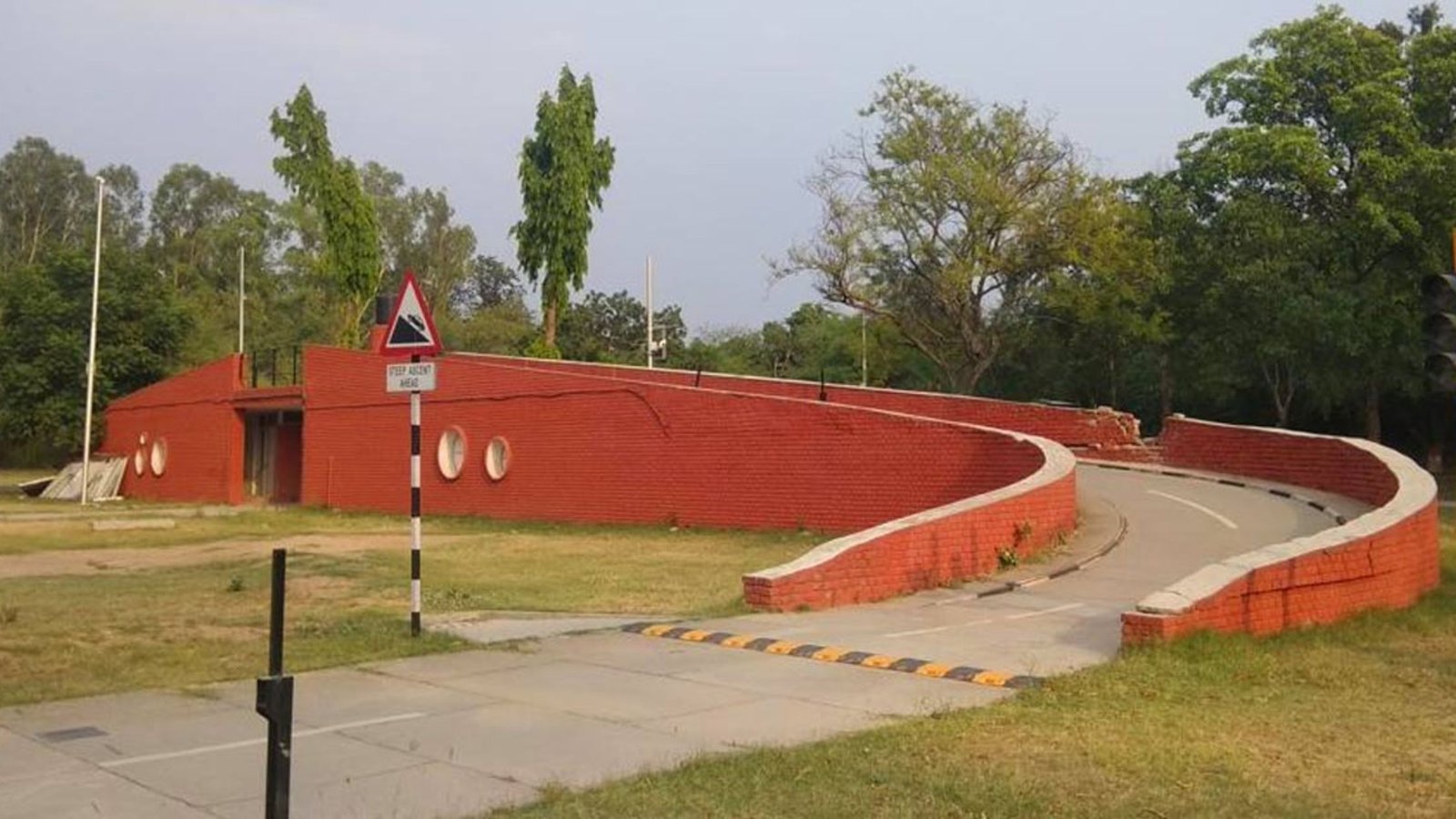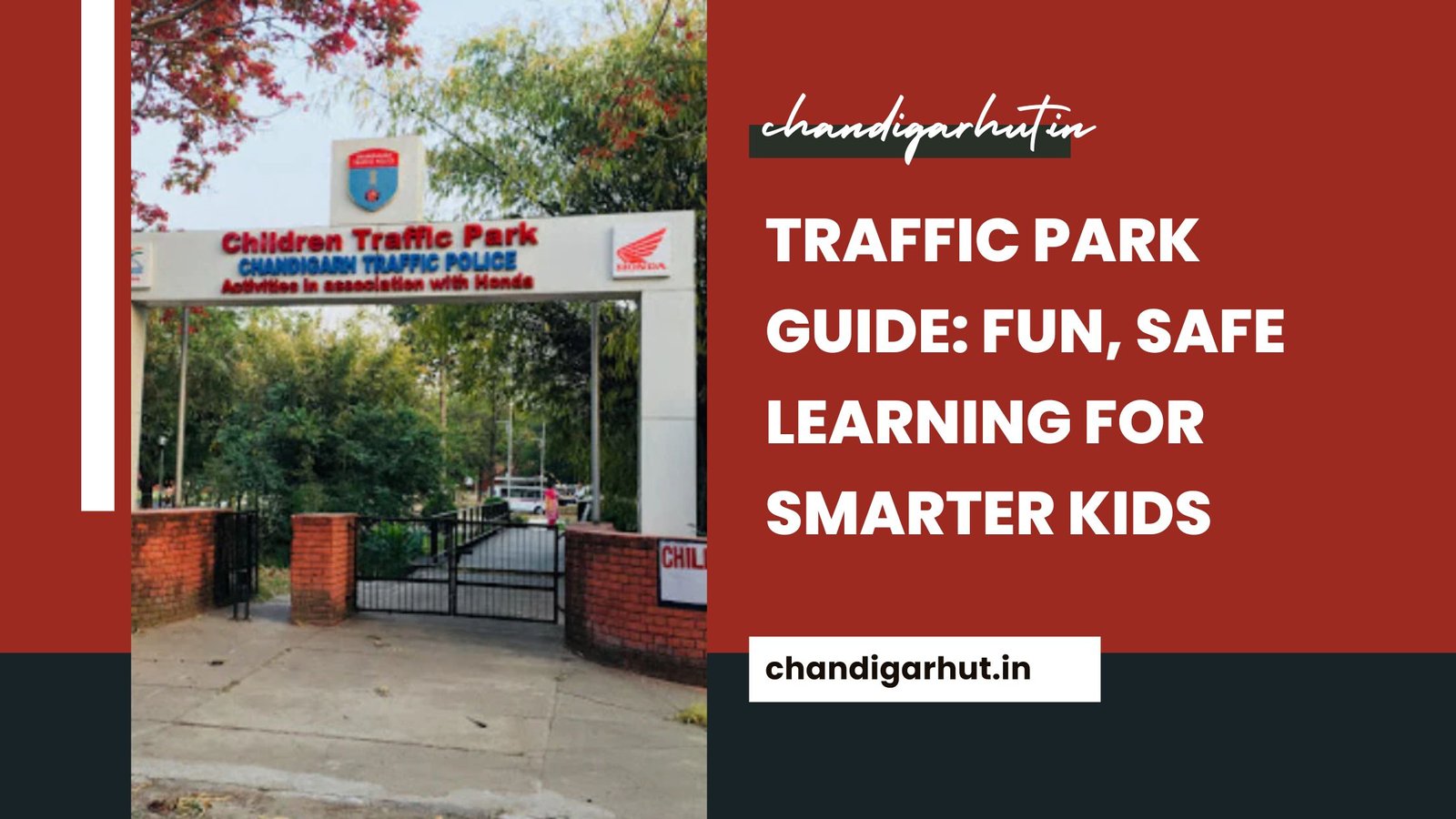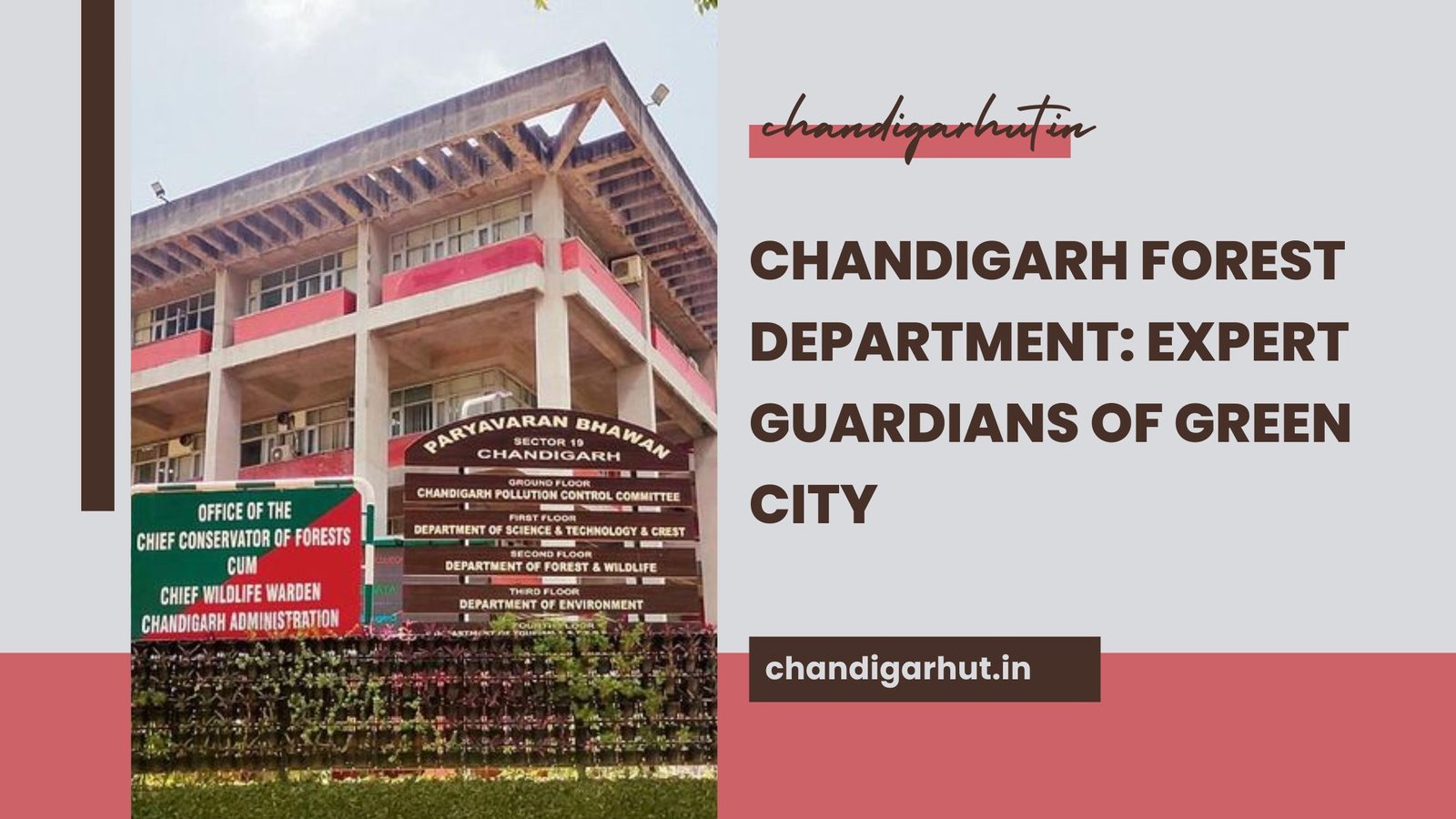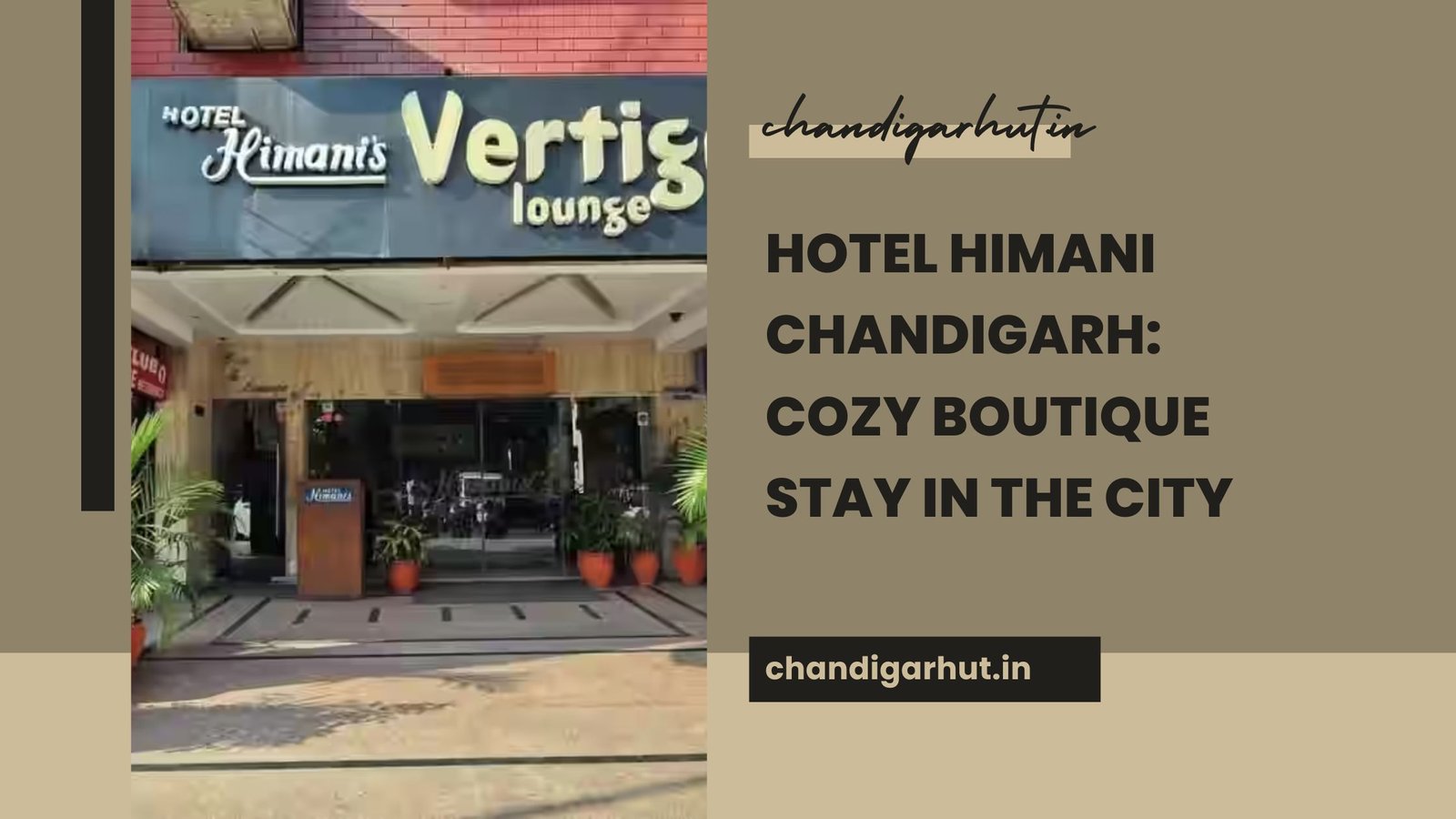Located at PQV7+QQ6, Udyan Path, 23A, Sector 23, Chandigarh, 160023, this traffic park is more than just a learning space—it’s a doorway into safer, smarter, and more confident road habits. The moment you step inside, you’re greeted with mini roads, tiny signals, zebra crossings, and small vehicles that turn road safety into play. It’s where children, parents, and even new drivers discover something truly priceless: safe roads begin with safe habits learned early.
Key Takeaways
- Traffic parks make learning road safety fun, practical, and unforgettable.
- They help children build confidence before entering real traffic environments.
- A traffic park reduces road risk by creating awareness early.
- Parents, teachers, and new drivers benefit equally from realistic setups.
What Is a Traffic Park and Why Does It Matter Today?
A park is an educational space designed like a miniature city, complete with roads, lanes, footpaths, traffic lights, rotaries, and signboards. It offers a safe, controlled environment where kids and beginners learn road rules through experience, not lectures.
Why it matters today:
- Road accidents involving children are rising globally
- Most safety lessons remain theoretical
- Young learners absorb better through visual and hands-on experiences
- Families rarely talk about road safety unless something goes wrong
A park bridges this gap beautifully.

How Does a Traffic Park Help Children Learn Road Safety?
parks are built around experiential learning, where children “practice before reality.”
Children learn:
- How traffic signals work
- What a zebra crossing is for
- How to recognize traffic signs
- Why lane discipline matters
- How pedestrians and vehicles coexist
Why it works:
- Real-looking environment
- Fun-sized cycles and mini cars
- Friendly instructors
- No fear of real traffic
- Active learning instead of passive listening
A traffic park makes children street-smart, not just book-smart.
What Makes a Traffic Park Different from Regular Road Safety Classes?
| Feature | Traffic Park | Traditional Classroom |
|---|---|---|
| Learning Style | Hands-on, practical | Theoretical |
| Engagement | High (mini vehicles, real signals) | Moderate |
| Retention | Strong—experience-based | Weak—explanation-based |
| Emotional Connection | Builds confidence | Often ignored |
| Real-Life Simulation | Yes | No |
Conclusion: A park wins every single time.
Why Should Parents Take Their Kids to a Traffic Park?
Because it teaches the one skill that school doesn’t always focus on: everyday safety.
Parents love parks because:
- Kids focus more when they feel they are “playing”
- They get to practice safe cycling and walking
- It encourages independence
- It reduces fear of being on the road
- It builds habits early—habits that last a lifetime
Parents often say their children became more aware and responsible after visiting a park.

What Are the Key Features Inside a Traffic Park?
A well-designed traffic park includes:
- Mini roads with proper lane markings
- Functional traffic lights
- Speed limit signs
- Roundabouts and intersections
- Pedestrian walkways
- Cycle paths
- Mock bus stops
- Emergency vehicle awareness zones
- Road safety classroom
These features make a park feel like a friendly, safe version of a real city.
Park Magic: The Mini City That Makes Kids Smarter & Roads Safer
Discover how a traffic park helps children learn real road rules through play. Explore features, benefits, and safety lessons that build confident, responsible future citizens.
How Does a Traffic Park Encourage Responsible Behavior?
Children learn through consequences—safe ones.
Inside a park:
- When they break a rule, they get corrected safely
- When they follow a sign, they feel rewarded
- When they wait at a signal, they learn patience
- When they use a zebra crossing, they feel responsible
These small lessons create a mindset shift.
“Traffic safety isn’t taught in a day—it’s built through repeated experiences.”
And a park offers exactly that.
How Can Schools Use a Traffic Park for Better Learning?
Many schools partner with parks because they offer value that classrooms simply cannot.
Schools can use parks for:
- Safety workshops
- Educational picnics
- Practical exams
- Cycling practice
- Awareness campaigns
- Mock emergency drills
Instead of telling children what to do, schools can show it.
Inside a Traffic Park: The Fun, Safe, Miniature World Every Child Should Visit
A park teaches kids road safety through hands-on fun. Learn how these parks build confidence, discipline, and life-saving habits in a realistic yet safe environment.
Highlights:
- Mini roads & signals help kids learn real rules safely
- Boosts confidence, awareness, and discipline
- Hands-on practice builds stronger lifelong habits
- Fun, friendly way to introduce essential road safety
Is a Traffic Park Useful for New Drivers Too?
Absolutely. While parks are popular with kids, new drivers benefit equally.
Beginners learn:
- Turning radius
- Maintaining speed
- Judgment in narrow lanes
- Parking basics
- Signal timing
- Signboard awareness
Even adults sometimes say, “I wish I had this place when I was learning!”
Real-Life Example
A mother shared that her 8-year-old son used to run across roads without looking. After his school took him to a traffic park, he began:
- Stopping at the curb
- Looking left, right, and left again
- Reminding his parents to use the zebra crossing
- Asking neighbors not to overspeed inside the colony
One visit turned into a life-changing safety habit.
That’s the magic of a park.
What Are the Benefits of Visiting a Traffic Park Regularly?
Practical benefits:
- Better understanding of road rules
- Improved attention and judgment
- Increased safety awareness
Emotional benefits:
- Confidence while cycling or walking
- Reduced fear of traffic
- Empowerment through knowledge
Social benefits:
- Understanding community behavior
- Respecting others on the road
A park provides high-impact learning with zero pressure.
How Will Traffic Parks Shape Future Road Safety?
As cities grow, accidents increase. Parks are a long-term solution.
They help create:
- Responsible teenagers
- Aware adults
- Safer pedestrians
- Disciplined drivers
Imagine a future where every child learns road safety through a traffic park before ever touching a busy road.
FAQs
What is a traffic park?
A park is a mini city-like space where children and beginners learn road safety through hands-on practice.
Why are traffic parks important?
They teach essential road rules in a safe, playful, and realistic environment.
Who can visit a traffic park?
Children, parents, schools, cyclists, and new drivers
What activities happen in a traffic park?
Cycling practice, road rule training, safety workshops, mock drills, and awareness sessions.
How many times should a child visit a traffic park?
Even 1–2 visits create strong safety habits, but regular visits offer deeper learning.
Conclusion
A traffic park is more than a fun outing—it’s a foundation for a safer future. By creating a playful, realistic environment, it prepares children and beginners for real roads with confidence and responsibility. Whether you’re a parent, teacher, or new driver, visiting a traffic park is one of the most impactful decisions you can make for long-term road safety.
Safer roads begin with safer habits—and safer habits begin at a park.
Want more Chandigarh guides, safety tips, and helpful local insights?
Visit: chandigarhut.in









